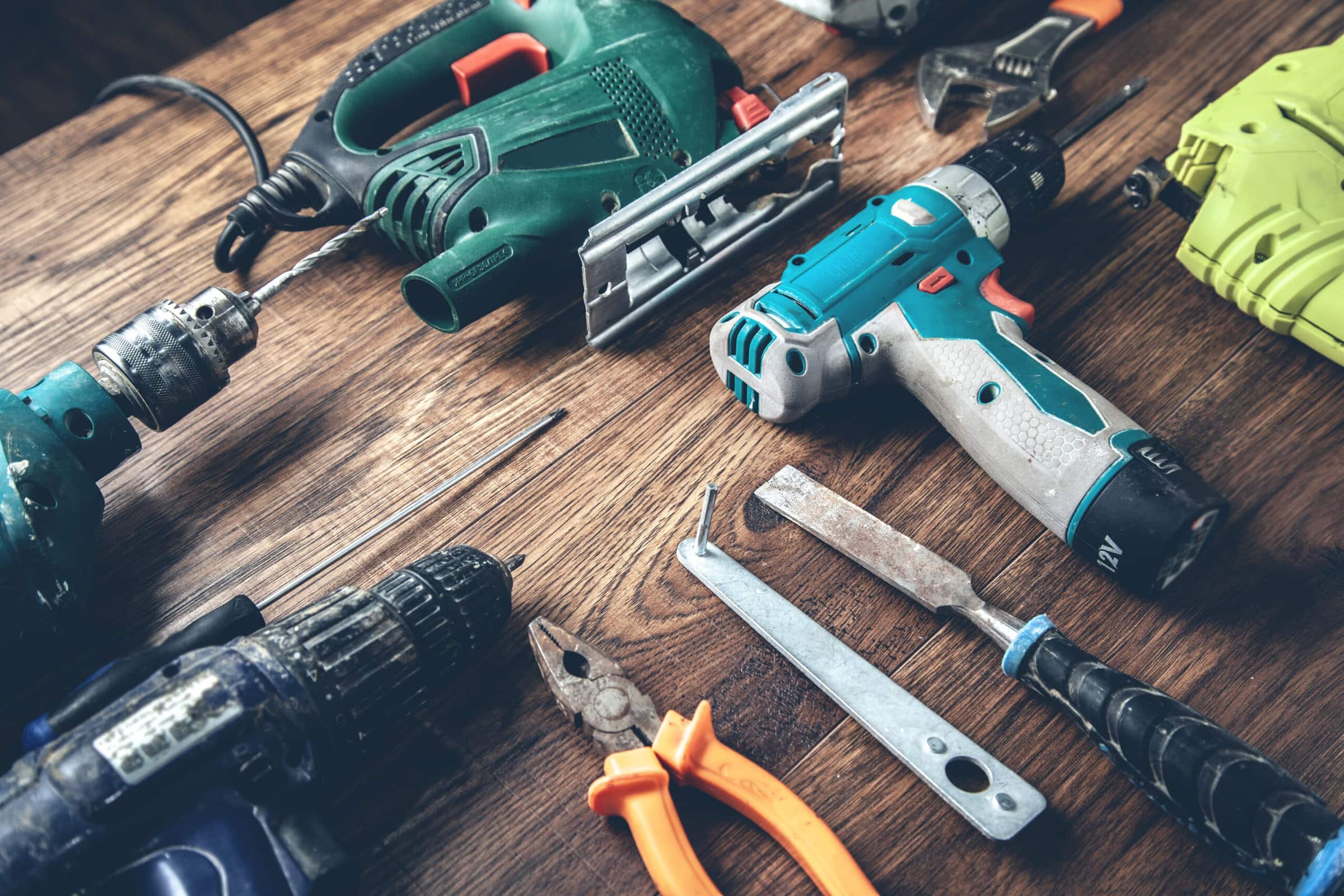Is your business constantly replacing its tools and small equipment? Certain items that can fit in a backpack, pocket, or even the armrest of a vehicle — such as power tools, hard hats, iPads and RFID readers — have a tendency to “walk away” from job sites, warehouses and offices. However, the cost of lost, damaged, and stolen items can quickly erode profits and cash flow. An effective tracking system can help remedy this problem by making workers more accountable.
Labeling items
Companies can employ the same technology that’s used to track inventory to monitor fixed assets in real time. These systems usually involve electronic barcodes displayed on tamper-proof, polyurethane labels on each tool or machine. The labels are designed to hold up under repeated on-the-job wear and tear.
These systems come with handheld devices that you can use to scan the barcodes when assigning tools and accepting returns. The codes contain a unique identifier, like a serial number or RFID tag, which can be read by a scanner and monitored by a digital tracking system. They provide real-time information about the location and status of indoor and outdoor tools and equipment.
Tracking software sends relevant information to a database that can also be used for browsing, billing, and running reports. In addition, the program records repair histories and maintenance schedules.
The cost of barcode technology varies, depending on the number of features included in the system configuration. How complex a system you’ll need will depend on the number of items you want to track. But if you’re already using this technology to manage inventory, there may be economies of scale by choosing a system that can handle both types of assets.
Creating accountability
It’s important to remind employees that when they check out tools or machines, if the system shows that the tools they’ve checked out aren’t returned, the employees (or the job they’re working on) could be charged for missing items. As a result, employees are likely to closely monitor and protect these items to avoid paying for lost items or having a project go over budget.
The right system may also reduce your legal liability. In some industries, federal regulations or union rules may require workers to wear safety gear, such as goggles, hard hats, and respirators. A formal tracking system can show that you issued employees the proper equipment, which could limit your accident liability.
Managing assets
Proactive companies integrate their tracking systems for tools and small equipment into their accounting systems. For example, you might assign tools by employee name, job code, project number, date, time, location, or other criteria. Then, you can generate a report of which employees or projects are using specific tools.
In turn, you can use these reports to encourage managers and employees to use company resources wisely. If you suspect assets are being misused, you can meet with workers and discuss asset utilization reports with them to explain, in dollars and cents, how much money is being wasted.
Time to review
For help evaluating your current tracking system or investing in a new one, contact us. We’ve helped other companies implement this technology and understand the potential pitfalls to avoid.
© 2023


